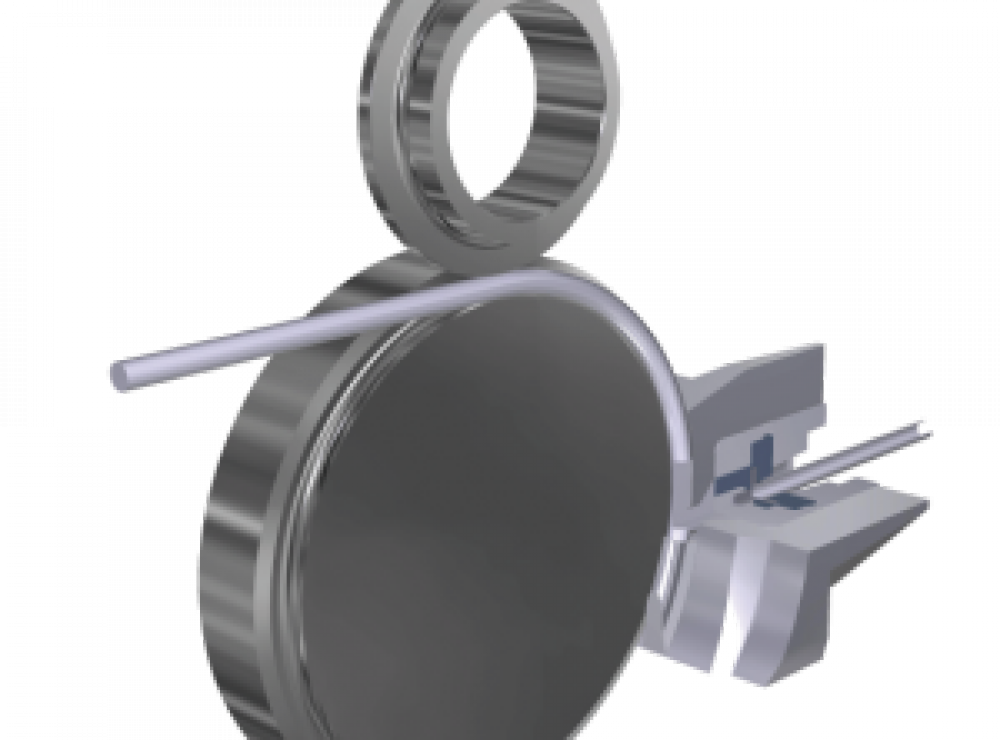This website uses cookies so that we can provide you with the best user experience possible. Cookie information is stored in your browser and performs functions such as recognising you when you return to our website and helping our team to understand which sections of the website you find most interesting and useful.
Continuous extrusion of metal powder and/or rod into long products and wire.

- Partner:The University of Sheffield
- Facility:Sir Robert Hadfield Building
Or call us now on 0161 275 8382
Detailed Description
BWE Conform extruders allow continuous consolidation and extrusion of non-ferrous alloy powders or waste, granular products such as machining chips into fully dense, profiled, long product.
The machine can also use rod feedstocks to make profiled, long products and tubes leading to improved microstructures and mechanical properties not available through conventional metal processing techniques.
The continuous nature of the process can result in products with cross sections not possible through rolling and with cost reductions not achievable through direct extrusion.
Instrument details:
6 position sample changer
Cu X-ray source
Ni Kβ incident beam filter
PIXcel1D detector
<0.04° 2θ resolution
± 0.02° 2θ linearity
Excellent low angle resolution
Uses/Applications
Continuous extrusion is unique in both the feedstocks it can process and products that it can create.
By consolidating granular feedstocks such out-of-spec additive manufacturing powders or machining chips/swarf it can add significant value to a waste stream.
For new products is also possible to process rod or powder feedstocks of aluminium, copper, brass and precious metal alloys to replace conventionally extruded products.
These might be used in a range of applications such as electrical conductor wire, electrical contactors, electrodes, welding/brazing rods.
More recent innovations in the process by The University of Sheffield has opened up the possibility of processing titanium alloys for dental wire, automotive springs and wire-fed additive manufacturing feedstocks.
Features
The bespoke BWE 315i Conform machine is a small/medium extruder that has been modified from the base specification making it suitable for both research and production environments.
A large 132kW drive system provides smooth extrusion operation even with hard to extrude materials such as titanium.
The machine has inbuilt induction heating for extrusion tooling to provide extremely rapid start-up times and an internal cooling system to moderate extrusion temperatures for microstructural control.
It includes a Siemens PLC based control system allowing the integration of non-standard external sensors.
The real-time data can be extracted, processed and visualised to improve process knowledge and control when extruding new alloy systems.
Finite Element and Discrete Element simulation techniques are used during development of new extrusions to reduce the upfront tooling costs.

